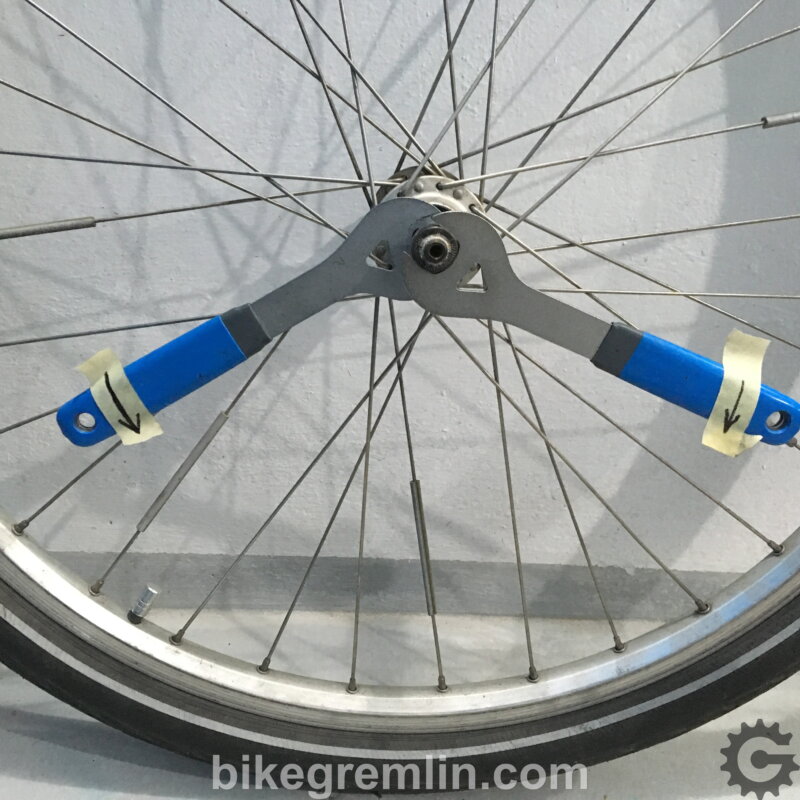Good quality bicycle wheel hub can last for ages, if serviced regularly and properly. This article lists and explains what tools are needed for a bicycle hub overhaul, of cup and cone hubs, that have replaceable ball bearings, not the cartridge bearing hubs. The procedure of servicing (overhauling) hubs is explained in this post: Bicycle hub overhaul.
Servicing the rear hub is the same as servicing the front hub with only one difference: for multi speed hubs, cassette with sprockets needs to be removed first. That procedure and tools required is explained in a separate post: Removing rear sprockets (cassette or a freewheel).
Tools needed
1. Wrench needed to remove the wheel, unless it has a quick-release mechanism. Usually 15 mm, but depends on the bike (ranges are from 13 to 17 mm). Best wrenches are with an open and closed end (like in the picture below). Whenever possible, use the closed end – nut is better held and less likely to get damaged.
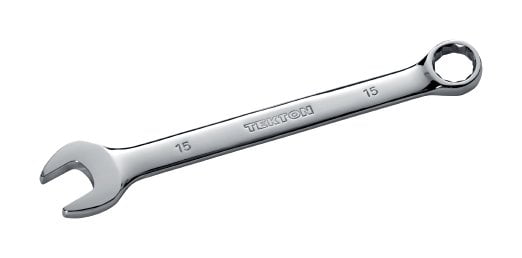
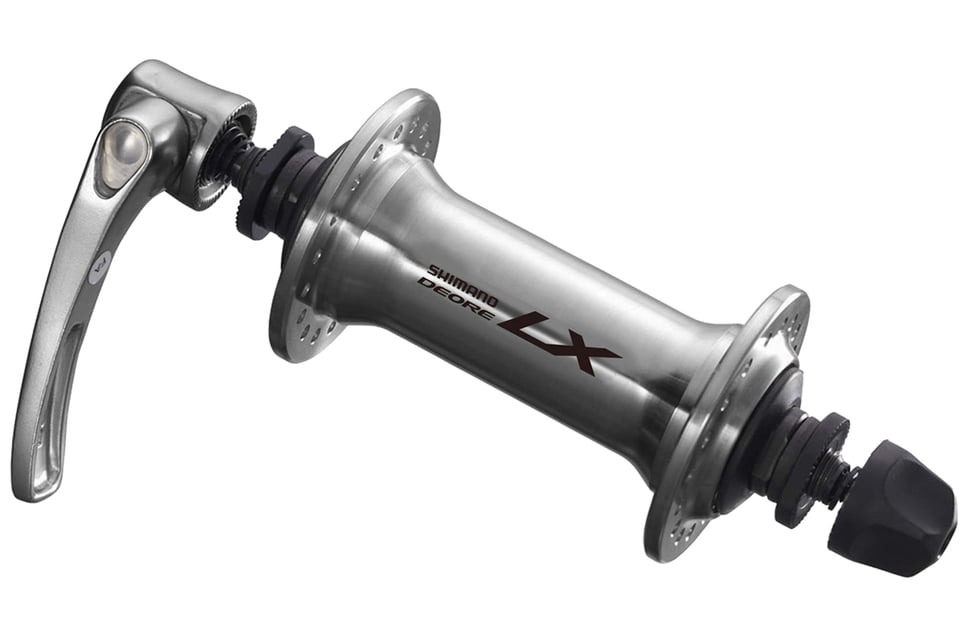
Detailed explanation on how to remove a wheel and the tools needed is in this post:
How to remove a wheel.
2. Cone wrenches. Sizes depend on the particular hub model. Usually from 13 to 17 mm. It is good to have two of each (used) size, for easier fine tuning of cone preload.
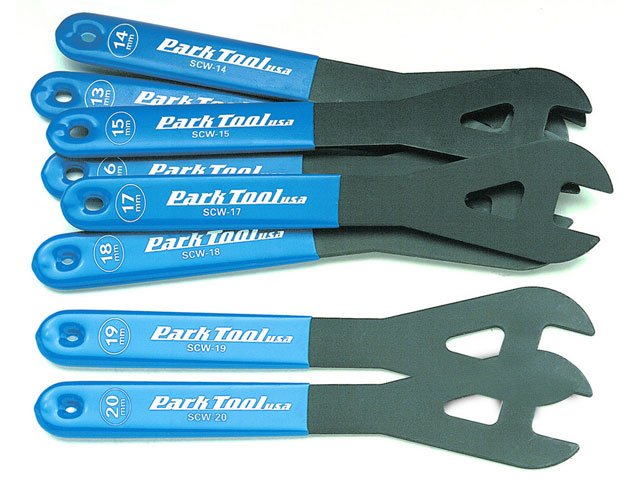
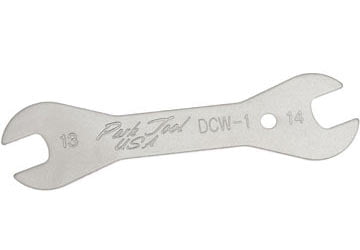
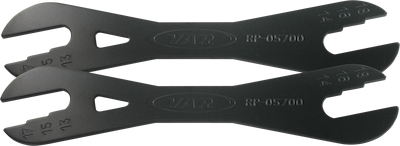
3. Wrenches for lock nuts. If the hub design allows it (usually it does) the outer nuts (i.e. locknuts) can be operated with regular wrenches, which is a better solution than using thinner and weaker cone wrenches (they should be spared unless necessary). Sizes are usually from 14 to 17 mm. Having two makes preload adjustment a lot easier.
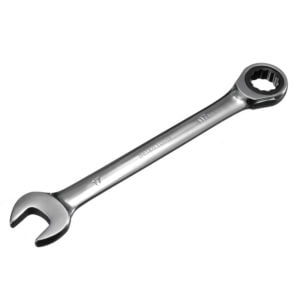
Some hubs have such locknuts that thin cone wrenches need to be used on them as well, regular wrench won’t fit.
4. Grease gun.
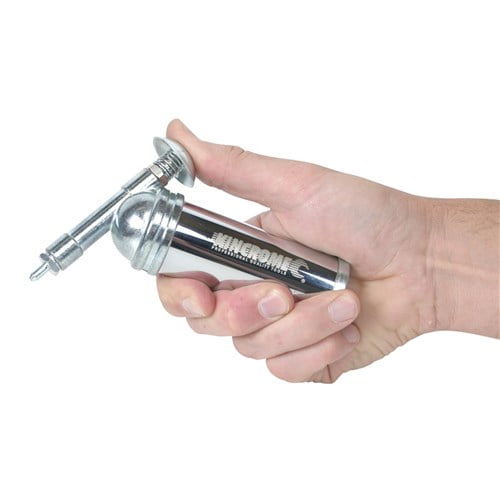
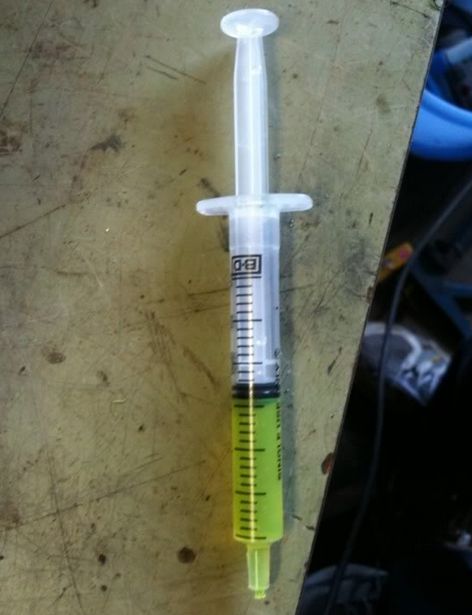
5. Clean rags, or kitchen roll wipes.
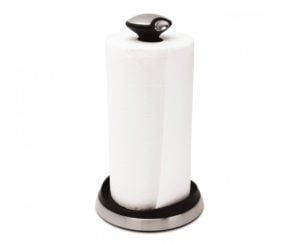
6. Mineral spirits (oil based paint thinner), or some other degreaser for cleaning.
7. Tweezers – best with silicone end.
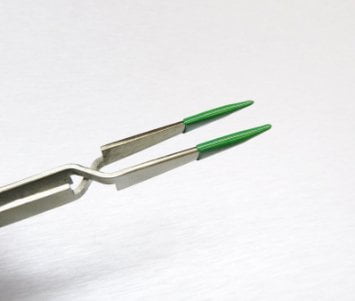
8. Flat end screwdriver – small and medium. In case a dropped bearing ball needs to be fiddled out, or a cone cap needs to be removed.
9. Small brush for cleaning smaller bottles, or pistols
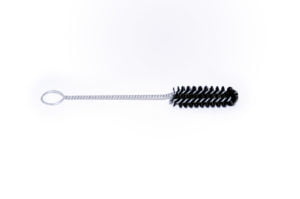
10. Small clean container for ball bearings.
11. Lithium soap based grease. This post explains what grease is the best: Grease for bicycle bearings.
12. Clean and flat surface, with lots of light.
13. New ball bearings.
Front wheel bearings usually have 10 balls of 4.76 mm (3/16″) diameter at each side (2×10).
Rear wheel bearings usually have 9 balls of 6.35 mm (1/4″) diameter at each side (2×9).
Exotic and rare sizes (some older hubs) are 5.56 mm (7/32″) and 3.97 mm (5/32″).
Ball bearings are rather cheap. It is best to buy a batch of about 100, so in case one drops while placing it into the bearing, leave it on the floor and pick a new, clean one. Not worth risking contaminating the (overhauled) bearing with a dirty ball.
Post explaining: bicycle bearing ball standard dimensions.
14. Tub with grease and container with bearings must be clean.
15. If, after opening the hub, it is determined that cones are damaged (pitted), it is necessary to find new cones, identical to the original ones.
It might appear as if there are many items, but once all is sourced, it becomes routine. Just pack the items that need to be kept clean into clean containers, to be ready for the next time.

